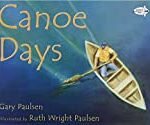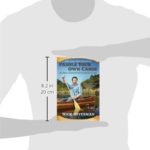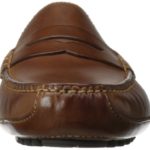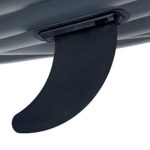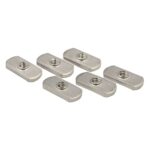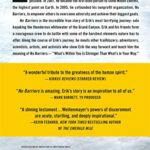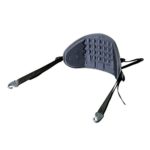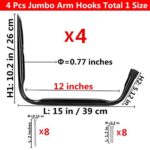Bill Reid and the Haida Canoe
Northwest Coast peoples were maritime engineers who mastered the art of building dugout canoes from gigantic red cedars, using only tools made from bone, stone, and wood. Ubiquitous, these elegant craft were used for everyday and ceremonial purposes, for fishing, hunting and trading, for feasting and potlatching, and in warfare—they were the keys that unlocked the treasure chest of the North Pacific.
Bill Reid and the Haida Canoe tells the story of the Northwest Canoe from its zenith in pre-contact times, through its decline in the late nineteenth century, to its revival in Lootaas (Wave Eater) which Bill Reid built for Expo ’86, to its culmination with the Tribal Canoe Journeys of the twenty-first century and The Spirit of Haida Gwaii sculptures. Bill Reid expressed awe for the traditional Haida canoe and what it represents visually, symbolically, and culturally. In his words, “Western art starts with the figure—West Coast Indian art starts with the canoe.”
The successive journeys of Lootaas were significant stages in Bill Reid’s work, which culminated with the iconic sculpture The Spirit of Haida Gwaii, a monumental bronze canoe filled to overflowing with creatures of Haida mythology (currently featured on the Canadian twenty-dollar bill). As a final creative act Bill Reid requested that, at the end of his life, his ashes be transported in Lootaas paddled by a crew of his Haida friends and relatives to Tanu, his grandmother’s village in Gwaii Haanas.
The story is told through writings and artworks by Bill Reid, vivid photographs by Phillip Hersee, Ulli Steltzer, Robert Semeniuk and others, texts by James Raffan, Martine J. Reid, and Mike Robinson and first-hand accounts by First Nations paddlers.
Bill Reid and the Haida Canoe is a companion book to the Bill Reid and the Haida Canoe exhibition mounted by the Bill Reid Gallery of Northwest Coast Art and touring to the Canadian Canoe Museum in Peterborough, Ontario.
- Used Book in Good Condition


